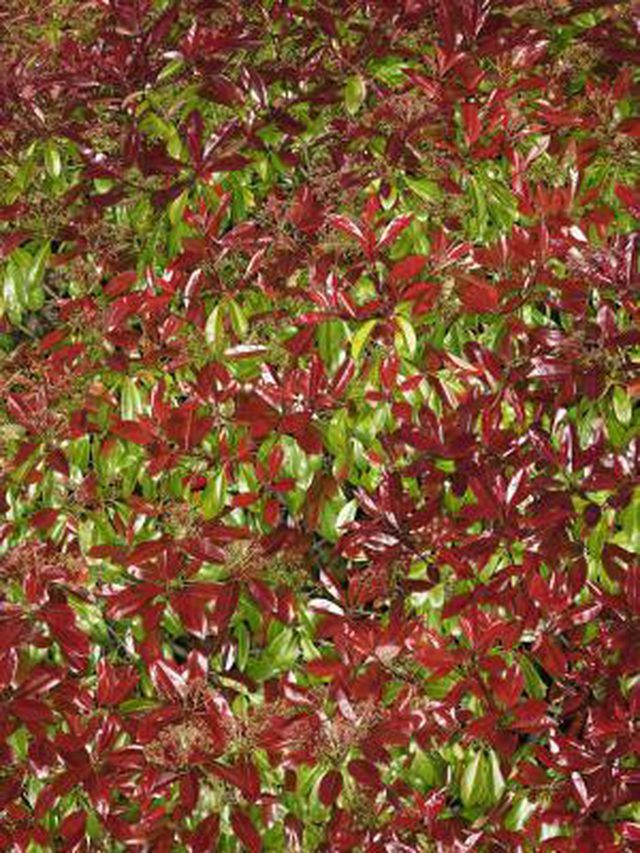Bulbs
Flower Basics
Flower Beds & Specialty Gardens
Flower Garden
Garden Furniture
Garden Gnomes
Garden Seeds
Garden Sheds
Garden Statues
Garden Tools & Supplies
Gardening Basics
Green & Organic
Groundcovers & Vines
Growing Annuals
Growing Basil
Growing Beans
Growing Berries
Growing Blueberries
Growing Cactus
Growing Corn
Growing Cotton
Growing Edibles
Growing Flowers
Growing Garlic
Growing Grapes
Growing Grass
Growing Herbs
Growing Jasmine
Growing Mint
Growing Mushrooms
Orchids
Growing Peanuts
Growing Perennials
Growing Plants
Growing Rosemary
Growing Roses
Growing Strawberries
Growing Sunflowers
Growing Thyme
Growing Tomatoes
Growing Tulips
Growing Vegetables
Herb Basics
Herb Garden
Indoor Growing
Landscaping Basics
Landscaping Patios
Landscaping Plants
Landscaping Shrubs
Landscaping Trees
Landscaping Walks & Pathways
Lawn Basics
Lawn Maintenance
Lawn Mowers
Lawn Ornaments
Lawn Planting
Lawn Tools
Outdoor Growing
Overall Landscape Planning
Pests, Weeds & Problems
Plant Basics
Rock Garden
Rose Garden
Shrubs
Soil
Specialty Gardens
Trees
Vegetable Garden
Yard Maintenance
How to Care for a Diseased Red-Tip Photinia
How to Care for a Diseased Red-Tip Photinia. Red-tip photinia (Photinia x fraseri), hardy in U.S. Department of Agriculture plant hardiness zones 7 to 9, is a hybrid shrub highly prized for the coppery red flush it puts out each spring. It’s popularity led to overplanting and the onset of entomosporium leaf spot, a common fungal disease in...

Red-tip photinia (Photinia x fraseri), hardy in U.S. Department of Agriculture plant hardiness zones 7 to 9, is a hybrid shrub highly prized for the coppery red flush it puts out each spring. Itís popularity led to overplanting and the onset of entomosporium leaf spot, a common fungal disease in the plant. Signs of the disease include small, red spots on the tops and undersides of new leaves while older leaves have brown or gray spots with purplish rings. The disease causes leaf drop and eventually death of the plant if left untreated. If caught early, however, it can be controlled with a fungicide.
Things You'll Need
Rake
Trash bag
Mulch
Long-sleeved shirt
Long pants
Socks
Shoes
Rubber gloves
Tebuconazole-based fungicide
1-gallon container
Pump-style, pressurized sprayer
Rake all leaves that fell from the red-tip photinia. Place those leaves in a trash bag for disposal.
Spread a 2- to 4-inch layer of fresh mulch around the base of the shrub, covering the ground completely. Mulch traps missed leaves, and fresh mulch reduces the risk of spreading the disease.
Put on a long-sleeved shirt, long pants, socks, shoes and rubber gloves. Mix 3/4 fluid ounce, or 1 1/2 tablespoons, of a tebuconazole-based fungicide with 1 gallon of water in a pump-style, pressurized sprayer. Secure the sprayer's lid on the sprayer, and shake the spray until its contents are mixed. Pressurize the sprayer by pumping it. Continue to wear protective clothing when using the fungicide, even in its diluted form.
Adjust the sprayer's nozzle to a narrow pattern that will prevent overspray onto nearby plants. Spray the entire shrub, coating new stem growth, leaf petioles and tops and undersides of all leaves until they are covered but not dripping the fungicide. After the spray dries completely, it is rainproof.
Repeat the fungicide application every seven to 14 days for a total of three applications per growing season. Do not apply the spray when the weather is hot and dry; wait for conditions to change even if it is outside the seven- to 14-day period.
Tips & Warnings
When watering a plant, always water at the base, and do not overwater or allow water to splash onto the leaves. Waterlogged soil and wet leaves promote fungal growth.
Mature leaves are less susceptible to leaf spot than new growth. Keep new growth to a minimum by pruning only when the plant is dormant. Stop fertilizing about midsummer to inhibit late-season new growth.
Disinfect pruning tools periodically while pruning. Doing so prevents the spread of disease to other parts of a plant or other plants. Sanitize all tools used around an infected plant.
Create good air circulation for red-tip photinia in a hedge by removing a few plants to create at least 4 feet of space between the shrubs. Hedges have little air flow between plants and hold moisture, increasing the spread of disease.
Fungicide containing tebuconazole can be purchased at most garden centers. If it is not available, look for a product containing myclobutanil or triforine, and mix it according to its product's label directions.
Follow all instructions on the fungicideís label, including wearing protective clothing, avoiding inhalation of the spray mist and avoiding contact with eyes.
Do not allow pets or humans to enter the treated area until the spray is dry.
Do not apply a fungicide near bodies of water or fruit and vegetable plants.